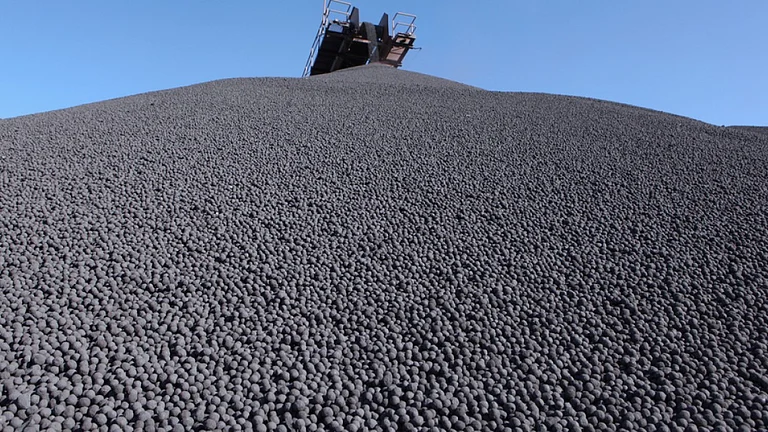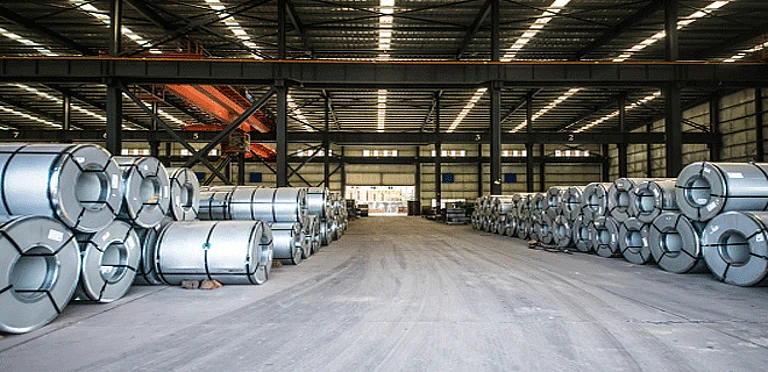The steel industry, a major contributor to global greenhouse gas emissions, must urgently shift towards greener technologies to meet climate targets. The latest analysis by Climate Action Tracker reveals tailored strategies are required by India and other major emitters like China and the US to achieve this critical transition.
Iron and steel production account for approximately 7-8 percent of global greenhouse gas emissions, making their decarbonisation crucial for reaching net zero and adhering to the Paris Agreement’s 1.5°C warming limit. Historically regarded as a “hard-to-abate” sector, the steel industry now has feasible pathways to cut its carbon footprint, thanks to technological advancements, policy commitments, and private investments. However, the pace and approach to decarbonisation vary significantly among nations.
Recent analysis uncovers the distinct challenges faced by China, India, and the US in transitioning their steel sectors to zero carbon emissions. By exploring these challenges, it provides insights for creating tailored national benchmarks to guide future efforts.
The central challenge for the steel industry is transitioning from coal-intensive blast furnaces to electric arc furnaces (EAFs) powered by clean energy. EAFs process scrap steel or direct reduced iron (DRI) made with zero-carbon feedstocks, such as green hydrogen. However, each country’s path to achieving this shift differs based on existing infrastructure, future production trends, and resource availability.
China, the world’s largest steel producer, must focus on decommissioning its Blast Furnace to Basic Oxygen Furnace (BF-BOF) facilities and replacing them with green steel production through EAFs. Expanding scrap recycling will also be crucial.
India needs to integrate clean technologies like green hydrogen into its burgeoning steel industry while halting new BF-BOF investments and constructions.
The US, with its well-established steel industry relying on scrap steel recycling, should prioritise decarbonising power generation and increasing the sector’s electrification.
Each nation faces unique challenges and must prioritise specific strategies to decarbonise their steel sectors effectively, ensuring a sustainable path towards a greener future.


























